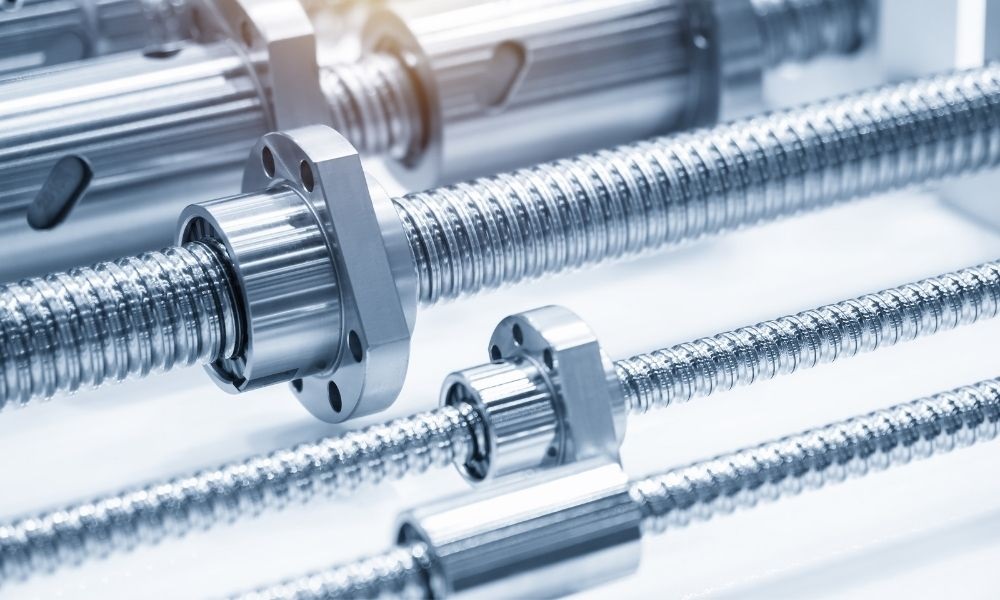Many contemporary production methods rely on Ball screw BTK-V (บอลสกรู BTK-V, which is the term in Thai). They are vital to many technological and industrial operations because they seamlessly convert rotational motion into linear motion. This article describes a ball screw, how it varies from a lead screw, how it’s used, and its components.
What Is A Ball Screw
Ball screws convert rotational motion to linear motion. It has a threaded shaft, nut, and ball bearings. The ball-bearing-containing nut holds the threaded rod. As the shaft is twisted, the ball bearings roll down the thread, moving the nut straight.
A ball screw’s low friction, excellent efficiency, and pinpoint accuracy have made it famous. In machine tools, robotics, and aerospace systems, among many others, it is indispensable for applications requiring great precision.
How Do Ball Screws Work?
If you have a standard nut and bolt set up, you can turn the nut to move it in a straight line up or down the bolt. In a similar vein, a ball screw operates with substantially less resistance. Imagine a nut fastened to a threaded rod, but instead of the threads rubbing against each other, you see ball bearings rolling in grooves between the two parts. Because they roll rather than slide, the ball bearings use less power. As you move the rod or nut, the balls maintain a continuous route within the nut, enabling smooth and precise linear motion with minimal friction. In a never-ending loop, the ball return system directs the balls back to the starting point of their journey. If you turn the screw clockwise or counterclockwise, the linear motion will go forward or backwards. To keep everything running smoothly, wipers on the sides assist in sealing off dirt and dust.
What Are The Functions Of Ball Screws?
Practical Uses And Applications For Ball Screws
Numerous high-tech and industrial processes rely on ball screws. Here are a few typical instances:
- To achieve the exact linear motion needed by CNC lathes, milling machines, and other machine tools, ball screws are utilized.
- Robotic arms and legs are only two examples of the numerous robotic applications that make use of ball screws.
- Aircraft control systems and other aerospace applications utilize ball screws.
- Ball screws find widespread application in a variety of healthcare technologies, including imaging systems and surgical robots.
- Ball screws find widespread usage in the automotive sector, particularly in robotic welding systems and assembly lines.




